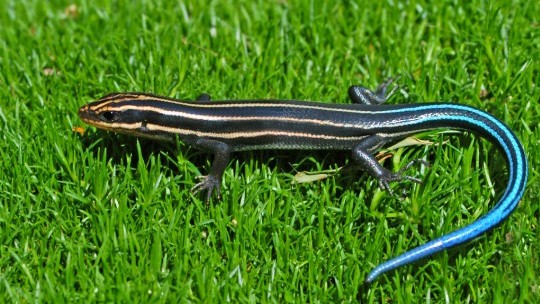Two dozen new species of skink, a type of lizard, have been discovered in the Caribbean. About half of the new species described are nearing extinction, and the other half are extinct and had been misclassified by several museums in the U.S. and Europe. The new species described will be added to a global threatened species list.
U.S. scientists say they have identified 24 new species of lizards in the Caribbean whose ancestors immigrated to the region millions of years ago atop floating vegetation.
About half of the new species described are nearing extinction, and the other half are extinct and had been misclassified by several museums in the U.S. and Europe, said Blair Hedges, a biology professor at Penn State University who led the research team.
"They misclassified them, but it's not their fault. Very few people can set aside that amount of time in their life to look at skinks every day," he said in an interview Tuesday after the roughly five-year study whose findings were published this week in Zootaxa, a peer-review journal for animal taxonomists.
Skinks are a type of lizard found around the globe, and those in the Caribbean are among the few that have up to a one-year gestation period and produce a human-like placenta, he said. The new species were identified through various means, including comparing DNA and counting and analyzing their scales, he said.








 All feeds
All feeds







